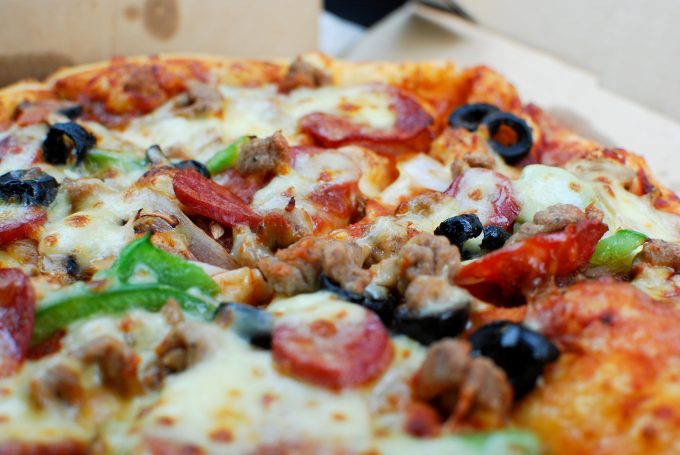
Fare from Pizza Hut is to contain fewer ingredients – a move which is expected to change food supply chains.
The global chain, which allegedly sells more pizzas than any other restaurant, is cutting out antibiotics and preservatives to be more reliant on near-sourcing, in what is expected to become a wider ...



Comment on this article
Marco
August 11, 2016 at 10:02 am…how they could have called it pizza until today…